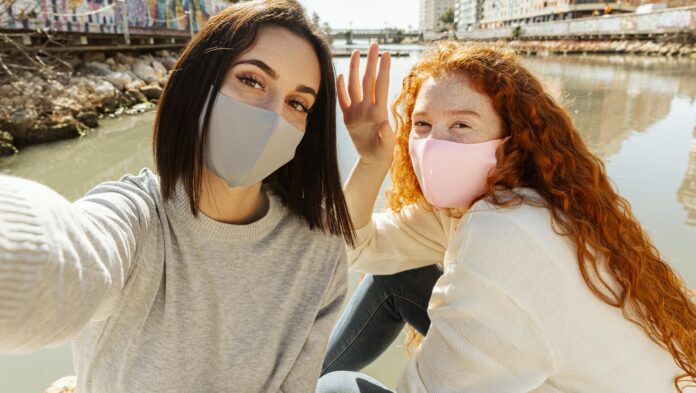By
Newswise — LOS ANGELES (July 18, 2024) — A wave of COVID-19 over the summer is becoming as reliable as sizzling heat.
“We’ve seen a bit of a seasonal pattern emerge where we’ve had an uptick in COVID in the summer and then another one in the winter—usually the winter one being more severe,” said Michael Ben-Aderet, MD, associate medical director of Hospital Epidemiology at Cedars-Sinai.
The western U.S. is riding the biggest wave. Wastewater data for the region shows the virus that causes COVID-19 jumping from moderate to high levels in late June. The area had seen minimal levels circulating as recently as mid-May.
The uptick has largely been driven by the so-called FLiRT variants of COVID-19, such as KP.3 and KP.2, newer strains of the virus that began spreading in the spring. To stay on top of this latest wave, the Cedars-Sinai Newsroom sat down with Ben-Aderet to learn more about the FLiRT variants and why COVID-19 spikes over the summer.
Why are we seeing a COVID-19 spike this summer?
This has been the case for a couple of years. Why that is, I don’t think anyone truly understands. A lot of viruses are seasonal in nature. Some viruses are seasonal in summer; some are in winter. COVID-19 seems to be in both. Some of that has to do with the virus itself—the virology, how it spreads. And another aspect of it is human behavior: School being out, people being on vacation, people traveling, people mixing and doing more activities does play a role in that summer surge.
What are the FLiRT variants?
The FLiRT variants is just a technical term for the continued mutation of the Omicron variants of COVID-19. And for the last year or so, pretty much all the variants of COVID-19 that we’ve seen circulate in the United States have been variants of Omicron.
How are the FLiRT variants different from previous versions of the virus?
So the symptoms that we’re seeing in patients that are infected with one of the FLiRT variants are the same symptoms that we’ve been seeing with COVID-19 all along. There’s no sense that there’s any increased severity with the FLiRT variants. We’re still seeing the relatively mild disease that we’ve been seeing with COVID-19 over the past year. It’s primarily an upper respiratory illness. So think fever, chills, cough, runny nose, stuffiness—similar to a cold, essentially. And sometimes gastrointestinal symptoms.
Are existing COVID-19 tests and treatments still effective with the new variants?
All available testing, both commercial and home testing, will still test against the FLiRT variants. Paxlovid is still widely available and still works very well. So there hasn’t been any reduction in activity of Paxlovid, and it’s still recommended for high-risk individuals with COVID-19.
How can we avoid getting COVID-19 at this point?
Masks still work. Make sure to wear a good, well-fitting mask. They’ve been proven to help prevent the spread of COVID-19. If you haven’t been vaccinated, vaccines are still available, and it’s really best to be up to date on your vaccinations. Avoid being around others who are sick. If you are exposed or if you’re sick, stay home if you don’t need to go out.
Read more on the Cedars-Sinai Blog: Long COVID—What to Know
Image: freepik



































